Box Falling Using 6 DOF Dynamic Mesh CFD Simulation, ANSYS Fluent Training
Box Falling Using 6 DOF Dynamic Mesh CFD Simulation, ANSYS Fluent Training
- Upon ordering this product, you will be provided with a geometry file, a mesh file, and an in-depth Training Video that offers a step-by-step training on the simulation process.
- For any more inquiries regarding the product, please do not hesitate to reach out to us at info@CFDLAND.com or through our online support assistant.
€120
When objects fall through water or air, complex forces make them spin, flip, and change direction in ways that are hard to predict. Six Degrees of Freedom (6DOF) dynamic mesh simulation gives engineers a powerful way to see exactly how these forces work. In this project, we used ANSYS Fluent to create a computational fluid dynamics (CFD) model of a simple box falling into water. Unlike basic simulations, our 6DOF approach captures all possible movements – forward/backward, up/down, side-to-side, plus rotation around all three axes. The Volume Of Fluid (VOF) multiphase model helps us track the boundary between air and water, while the dynamic mesh constantly updates to follow the box’s changing position. This kind of fluid-structure interaction (FSI) analysis is extremely valuable for designing safer packaging, improving material handling systems, and predicting how structures behave during floods or ocean deployment.
Figure 1- Box falling into the water
Simulation Process
The simulation’s easiest part is the 2D computational domain and performing an initial mesh. A combination of Volume Of Fluid (VOF) multiphase model and Dynamic Mesh is necessary to reach acceptable results. Plus, a user-defined function (UDF) must be written to define box motion by its way of falling. It is a 6 DOF approach that involves all exerted forces by water on the box, resulting in a realistic prediction. Last but not least, the mesh will be continuously refined by Smoothing and Remeshing methods.
Post-processing
Look at what happens when our box hits the water! The top image shows the magic moment of impact where the box has just broken through the water’s surface. The blue area is water and the red area is air, with a rainbow-colored boundary between them showing the splashy water surface. Our square box isn’t just dropping straight down – it’s tilting as it falls! This happens because water pushes differently on each side of the box, making it rotate. The water surface isn’t flat anymore either – it’s making waves that move away from where the box hit. These waves are super important because they show how energy moves from the falling box into the surrounding water. We successfully captured these realistic surface waves and the box’s natural rotation, which many simpler simulations can’t do.
Figure 2: Air volume fraction contour showing the box breaking through the water surface
Now check out the second image showing how water flows around our falling box. The swirly lines reveal something amazing – there are little spinning whirlpools forming above and below the box! These vortices (that’s the fancy word for water spinning in circles) happen when fast-moving water gets forced around the box’s corners. Notice how the fastest water (yellow-red colors) squeezes around the edges of the box, reaching speeds over 2 meters per second! The box creates a wake behind it too, just like boats do. We achieved highly detailed flow visualization that perfectly shows how objects create turbulence underwater. And remember, this is just one frozen moment from our animation video that shows the whole journey of the box falling through water. The full video would show how these patterns constantly change as the box sinks deeper and finds its final position at the bottom.
Figure 3: Velocity streamlines around the falling box displaying vortex formation
We pride ourselves on presenting unique products at CFDLAND. We stand out for our scientific rigor and validity. Our products are not based on guesswork or theoretical assumptions like many others. Instead, most of our products are validated using experimental or numerical data from valued scientific journals. Even if direct validation isn’t possible, we build our models and assumptions on the latest research, typically using reference articles to approximate reality.
Yes, we’ll be here . If you have trouble loading files, having technical problems, or have any questions about how to use our products, our technical support team is here to help.
You can load geometry and mesh files, as well as case and data files, using any version of ANSYS Fluent.
€140 Original price was: €140.€105Current price is: €105.

€270 Original price was: €270.€165Current price is: €165.

€190 Original price was: €190.€165Current price is: €165.

€195 Original price was: €195.€150Current price is: €150.

€360 Original price was: €360.€185Current price is: €185.

€245 Original price was: €245.€199Current price is: €199.


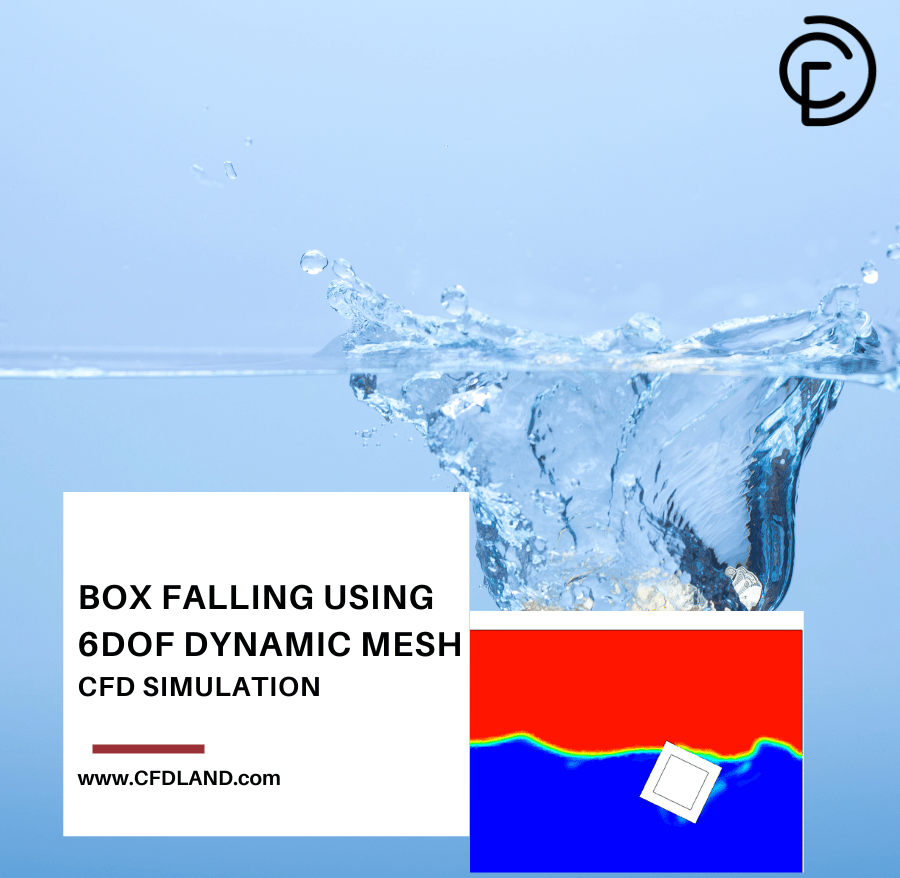
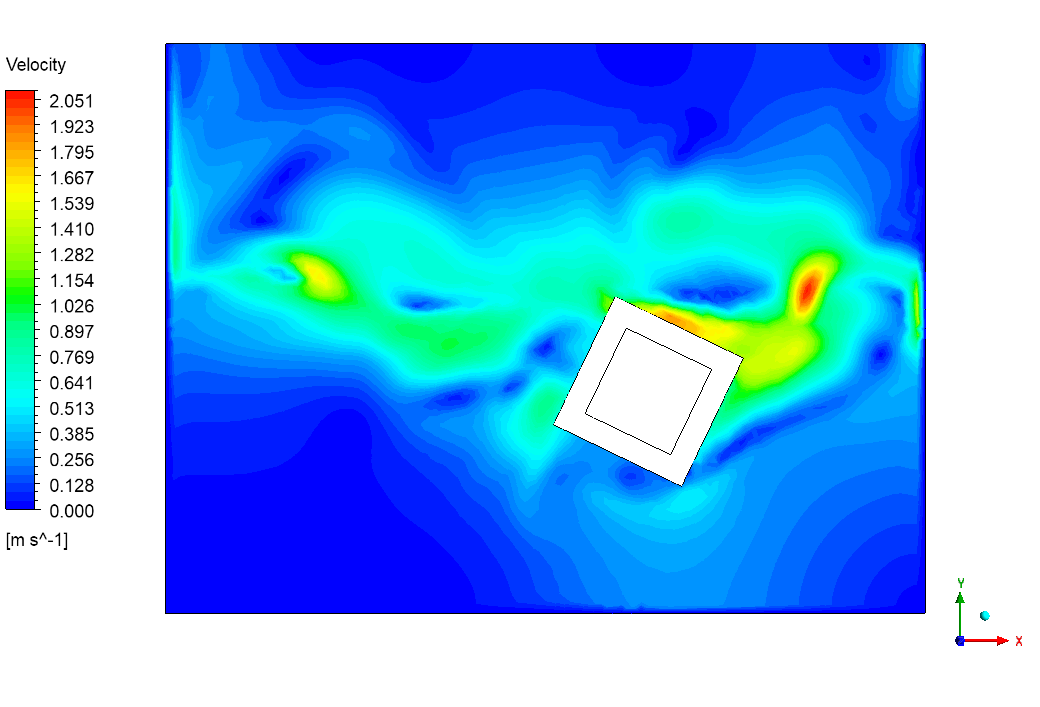
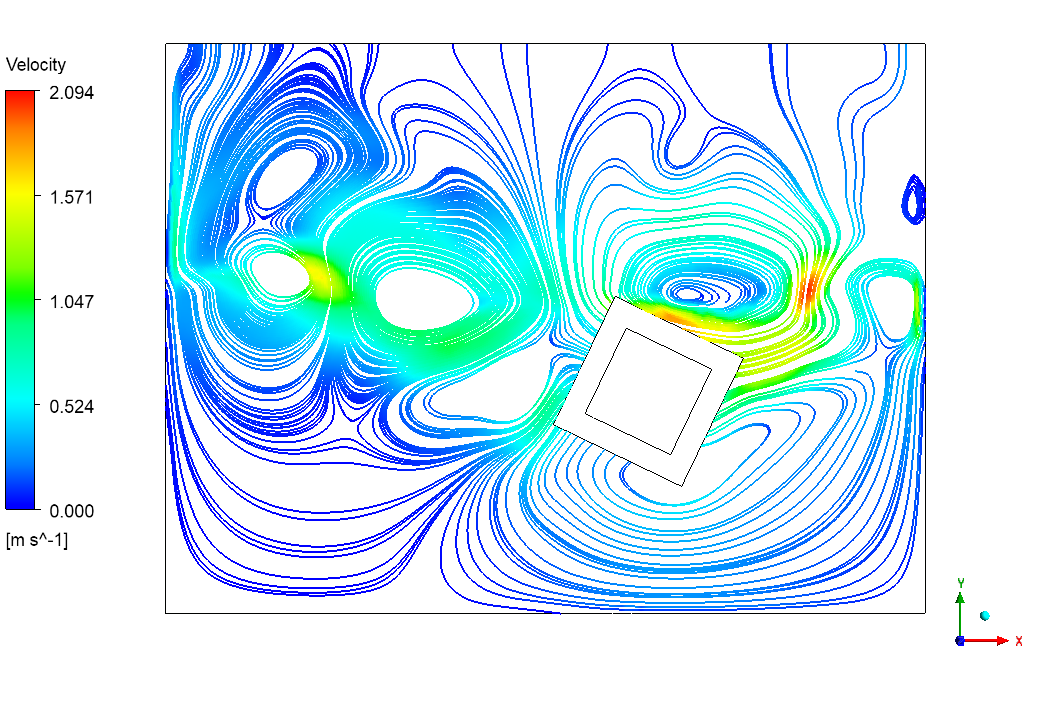
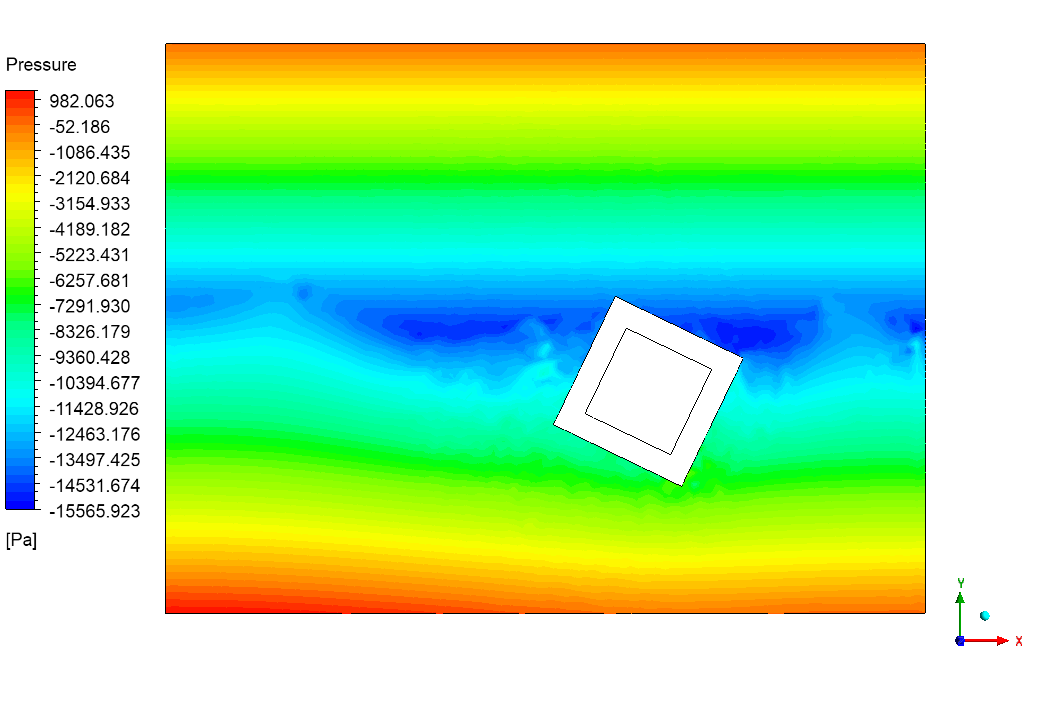
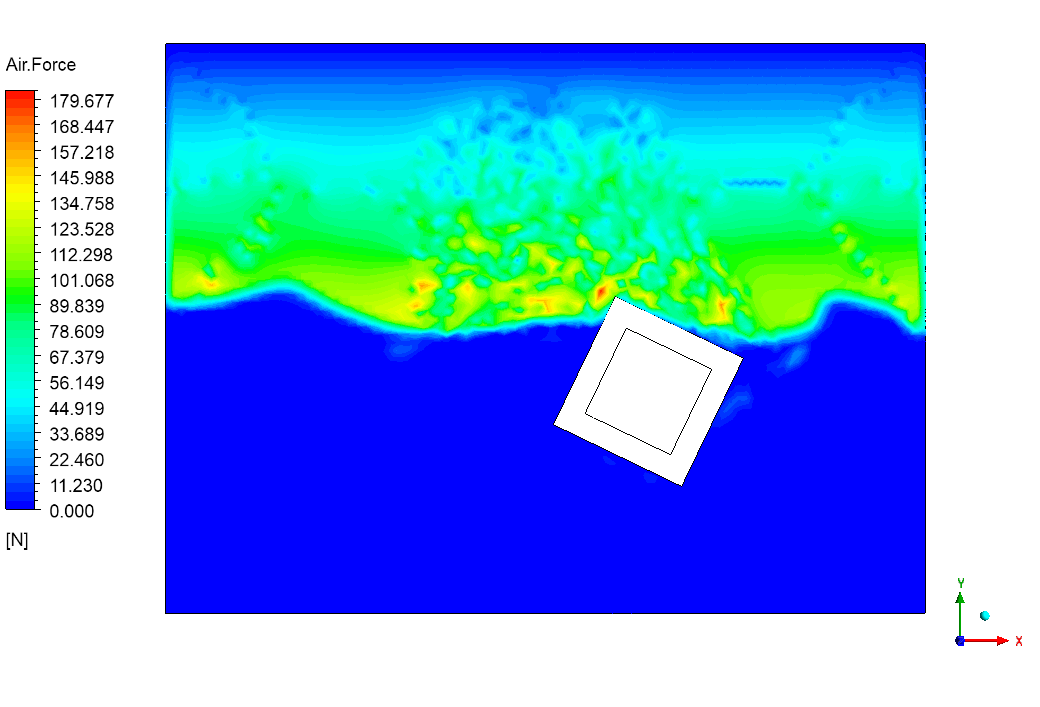
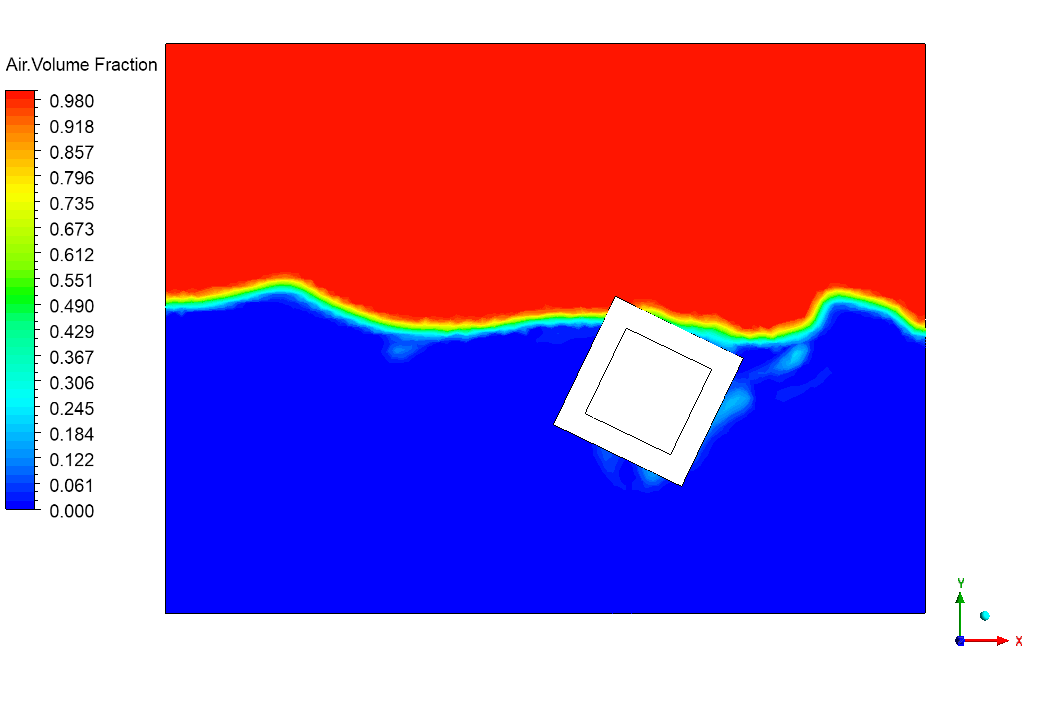


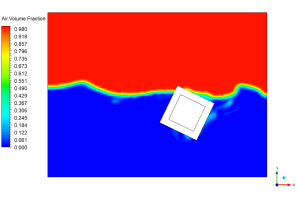
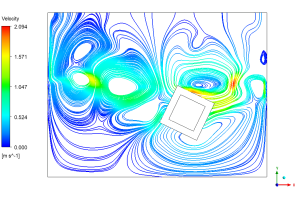










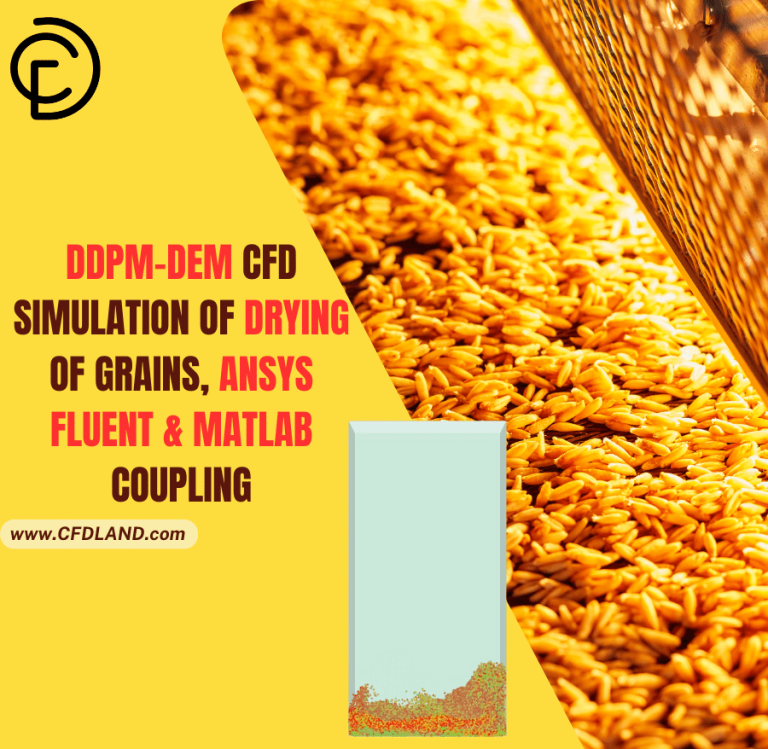
Reviews
There are no reviews yet.